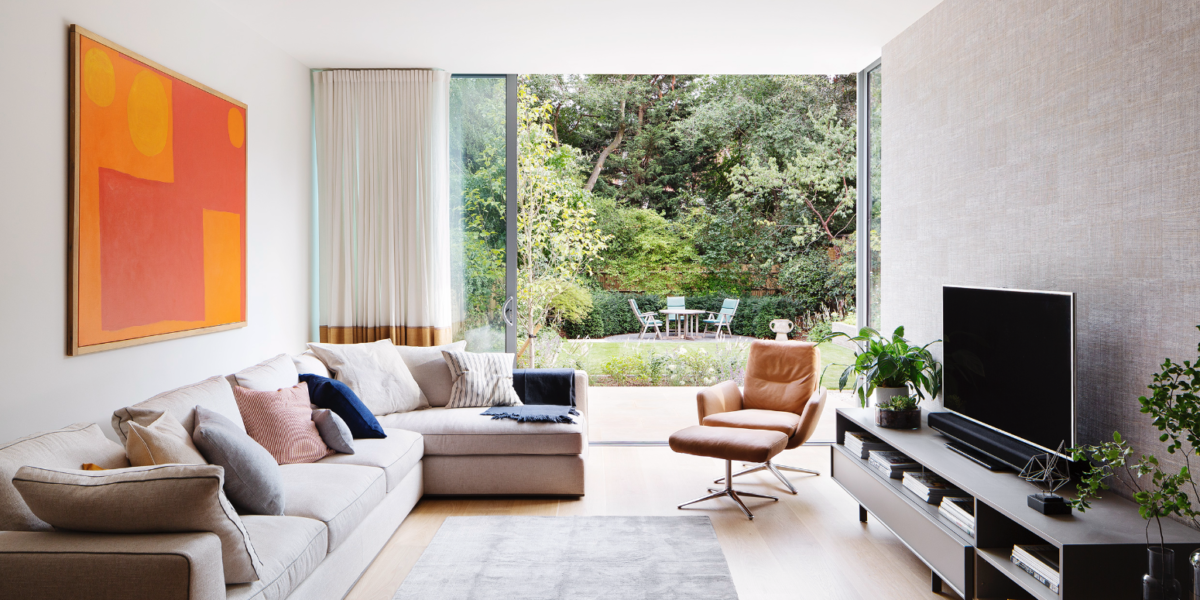The kids have flown the coop or you’re preparing to retire and thinking about the next stage in life. When it comes to your house, this is a milestone moment. It’s an opportunity to create a well-deserved home that’s all about you.
A truly personalised forever home needs to be much more considered than homes for other life stages. When creating a brief, there are some important aspects that are particular to empty nesters and those close to retirement. We find they are extremely valuable, yet overlooked by many clients.
Household memories
Our houses are more than bricks and mortar. For those who have lived in their home a long time and raised their family there, there’s a lot of nostalgia and sentimental value embedded in those walls. Think about what love about your house and what special memories it holds. This will help an architect retain what you love, or to translate your memories into something new in meaningful ways.
Underutilised rooms
Now the children have left you might have some empty bedrooms that can be put to other uses. Consider what other functions or purposes those rooms could be used for, for example an office, TV room, bathroom, music room or library. Or you might want to keep them as guest bedrooms and update the decor.
Reconfiguring layout
A house can feel large when there are only one or two people in it. As part of repurposing bedrooms, it’s helpful to consider whether the spaces you use on a daily basis – such as your living room, dining room, kitchen, main bedroom and bathroom – can be reconfigured so that you live in a more compact way. It becomes the primary zone for daily living, plus there’s a secondary zone with guest bedrooms for when visitors stay. It helps a home feel more appropriately sized for one or two people, and it means the guest zone only needs to be cleaned when in use.
Declutter
With the kids gone, it’s also an opportunity to declutter your home and take out what no longer needs to be there. Think about what can go, be handed on and given back to your children, and how new storage or joinery could serve your lifestyle in better ways.
Lifestyle and interests
Envision your next 10 or 20 years in the house, and what your current and future needs, lifestyle and aspirations look like. Now is the chance to redesign your home for how you want to live. Also reflect on what your typical day and night looks like and the rooms or spaces you like to spend different parts of your day in – and why.
With more time to yourself in the day, there’s more opportunity to indulge your hobbies, interests and passions. Do any of these happen at home and do they need specific conditions? Such as well-considered acoustics for a music room might; plentiful bookcase for a library; airflow and robust materials for a gym or yoga studio; or a greenhouse or outdoor storage for gardening.
Update, improve, refresh
Renovating your home is not only a chance to design for the future, but to change aspects of your house that you’ve always wanted to be better. Think critically about what you don’t like about your house and how these aspects could be improved so an architect can address them in the design. It might lack natural light and ventilation or feel disconnected from the garden. Is the kitchen or bathroom poorly configured; the laundry inconvenient; or materials difficult to clean or maintain?
Other things to consider are your home’s thermal comfort and energy efficiency, particularly as we age and prefer warmer environments and more stable internal temperatures. Updating glazing, insulation and other building materials will create more comfortable and energy-efficient houses.
Future proofing
To support people to live as long as possible in their homes, we design houses for ageing in place. This considers accessibility and being able to move through a house safely with varying levels of mobility. It might mean reducing or eliminating steps, or widening doorways. It’s helpful to include these considerations in your brief if they are part of your future requirements.
Becoming an empty nester or nearing retirement is a pivotal point, and an exciting opportunity to create a personalised home for your next life stage. Thinking about the aspects above will help you and your architect create a home that celebrates your special memories, yet is tailored to how you want to live for the years ahead.


